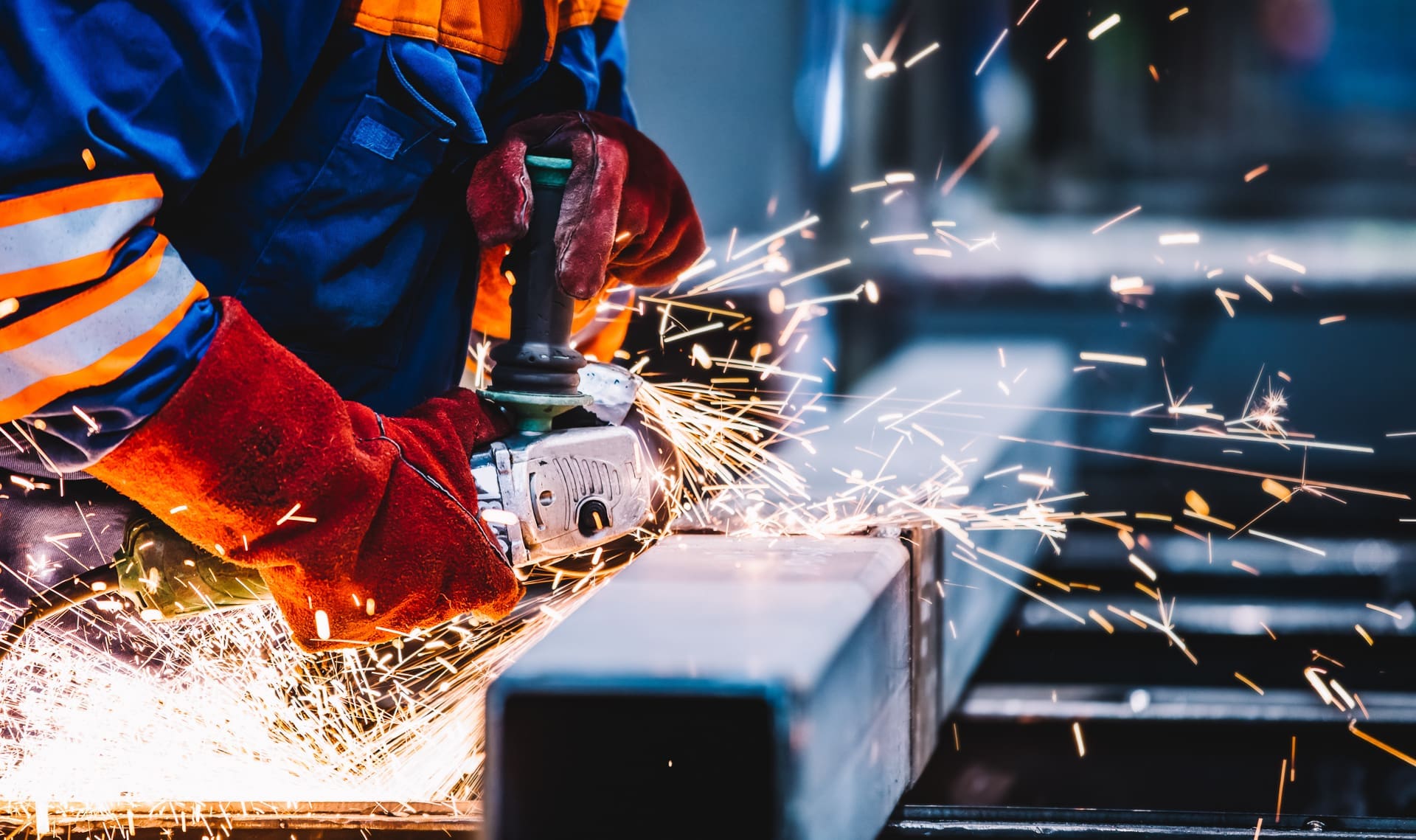What is CE Marking?
A definitive guide to CE marking in Europe. Discover what a CE marking is, what products require a CE mark, and why a CE mark is required on the EU market.
All manufacturers that want to sell machinery in the European Union must comply with Directive 2006/42/EC, the EU Machinery Directive. Machinery must meet safety and health requirements set by the Directive and bear the CE Marking.
According to the Directive definition, machinery is an assembly of components – with at least one component moving – having together a specific application. To fall under the scope of the Machinery Directive, the drive system of the machinery has to be powered by energy other than human and animal.

Manufacturers of machinery needs to verify whether they can assess the products themselves or need to involve a third-party conformity assessment body, the notified body. The Directive lists 21 categories of products that – in absence of harmonised standards – require the involvement of a notified body.
In case of absence of harmonised standards, some examples of machinery categories that require a notified body are circular saws, hand-fed surface planing machinery for woodworking, hand-fed tenoning machinery with several tool holders for woodworking, portable chainsaws for woodworking, vehicle servicing lifts, removable mechanical transmission devices, and more.
If the machinery is not part of the 21 categories of products mentioned above, the manufacturer can carry out internal checks to assess the product’s conformity. The option to carry out internal checks applies also to the 21 categories of products only if there are harmonised standards covering the product.
The technical documentation should entail the necessary information to prove that the product is compliant with the Machinery Directive. This includes having a technical file with the following:
The manufacturer or the authorised representative will keep a copy of the documentation and make it available to competent authorities when requested.
In June 2023, the European Commission published the final text of the new Machinery Regulation. The new Regulation, Regulation (EU) 2023/1230, will apply from 14 January 2027. However, some market surveillance activities apply already from 13 July 2023.
The Machinery Regulation addresses the following aspects:
Under the Regulation as well as under the current Directive, manufacturers can appoint an authorised representative.
If competent authorities find any machinery to be non-complaint with the Machinery Directive, manufacturer might face the following:
Manufacturers must ensure that the products comply with the Machinery Directive also once already placed on the market. One main activity that manufacturers must carry out is post-market surveillance. The EU Machinery Directive is covered by the Market Surveillance Regulation. Consequently, non-EU manufacturers must have an economic operators based in the EU that takes care of the respective post-market surveillance activities.
Explore our Authorised Representative services for machinery. Contact us for inquiries.